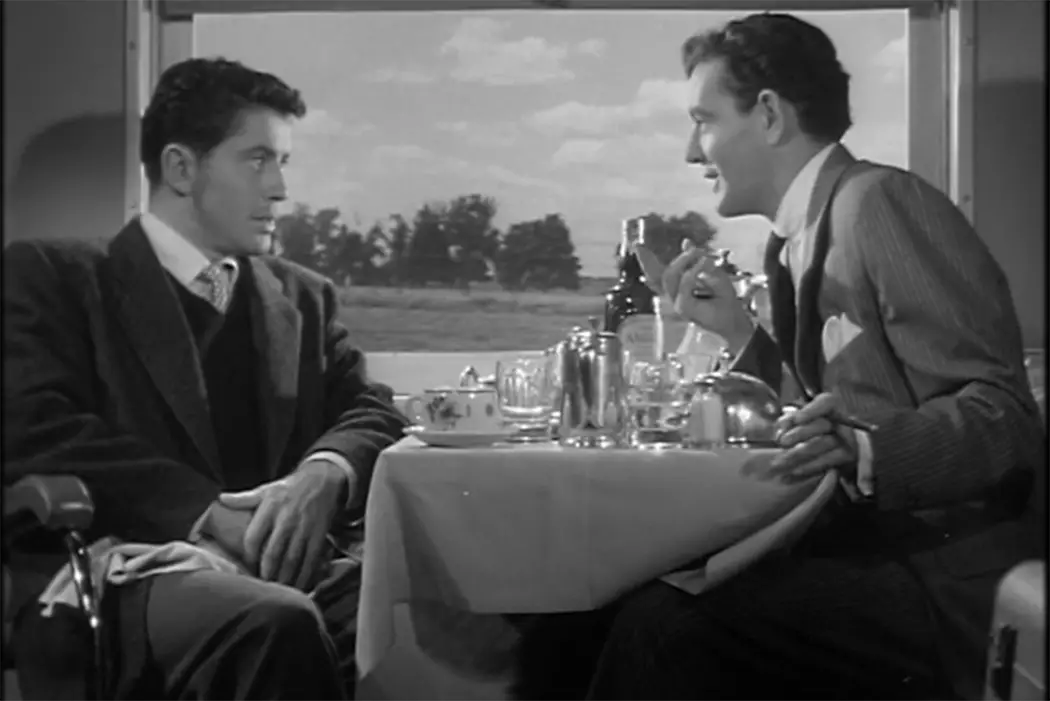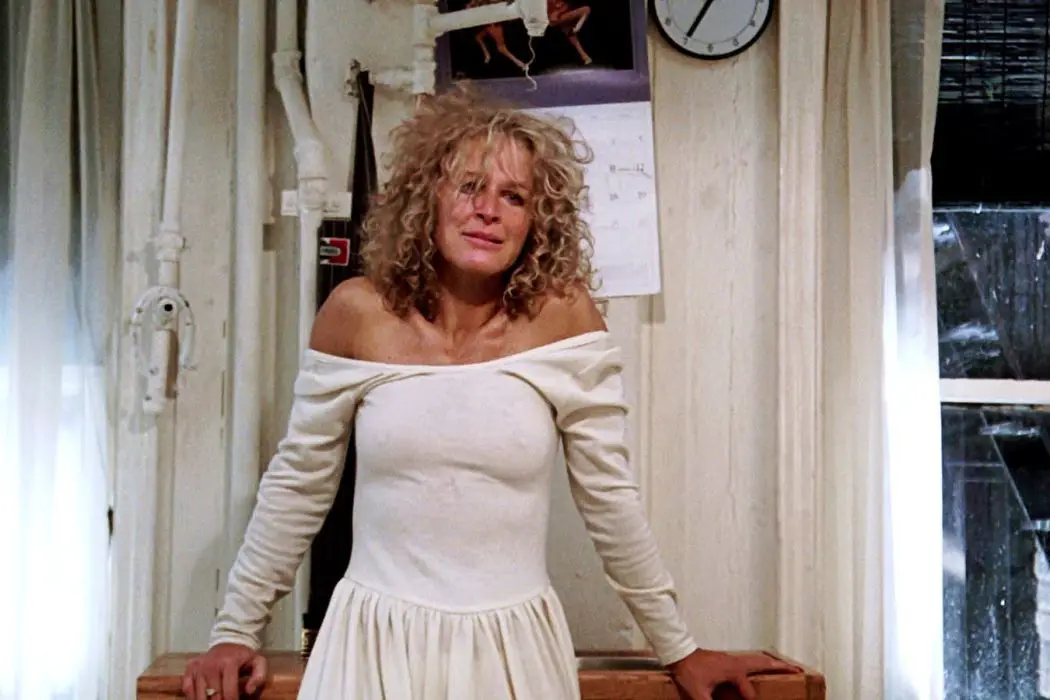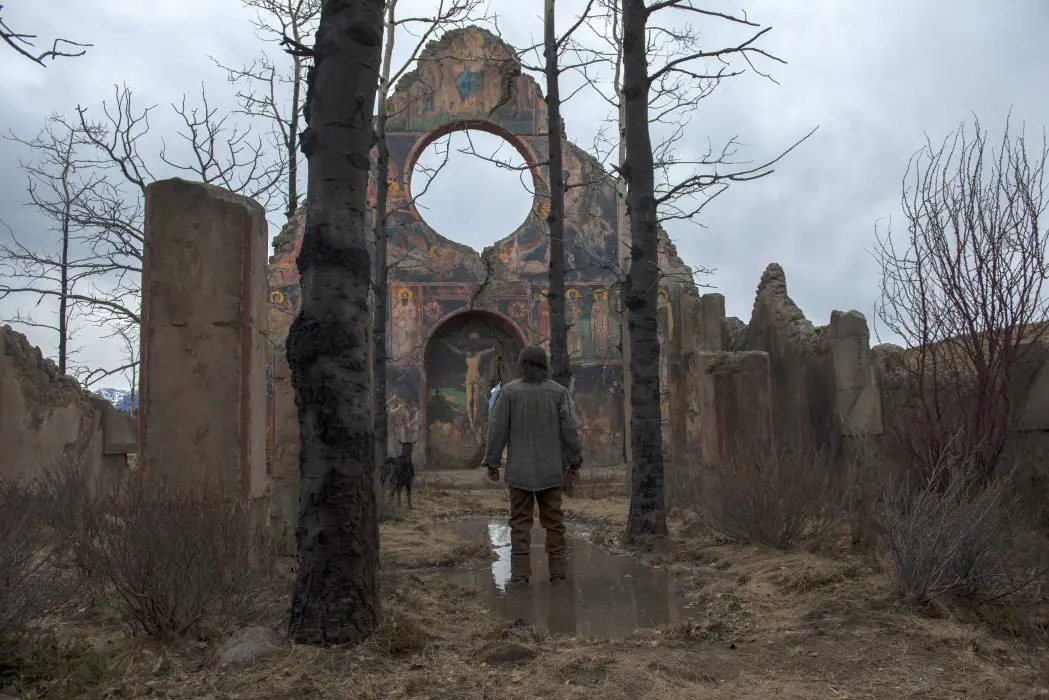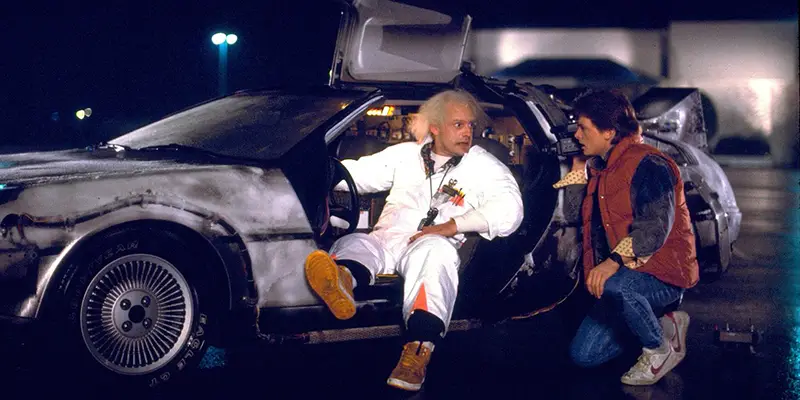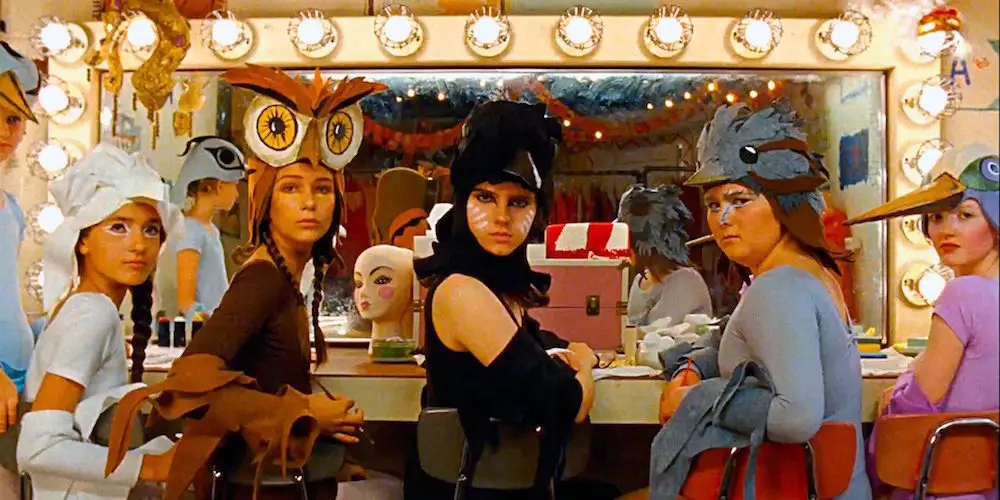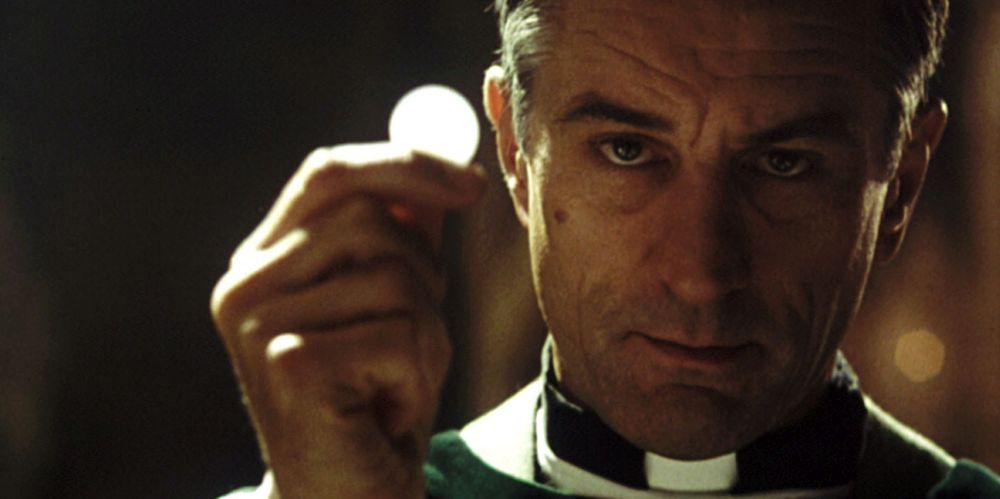film analysis
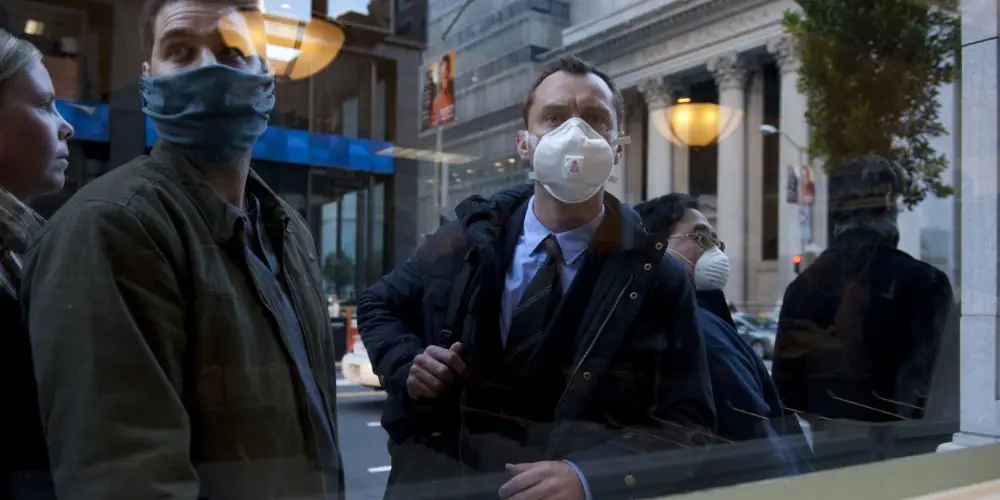
When we think about viruses in cinema, we usually think about them in conjunction with turning us into the undead. Indeed, the stunning alacrity and volume at which Hollywood churns out zombie epidemic films begs us to wonder if we have truly exhausted the “what if?” nature of this particular vein of horror.
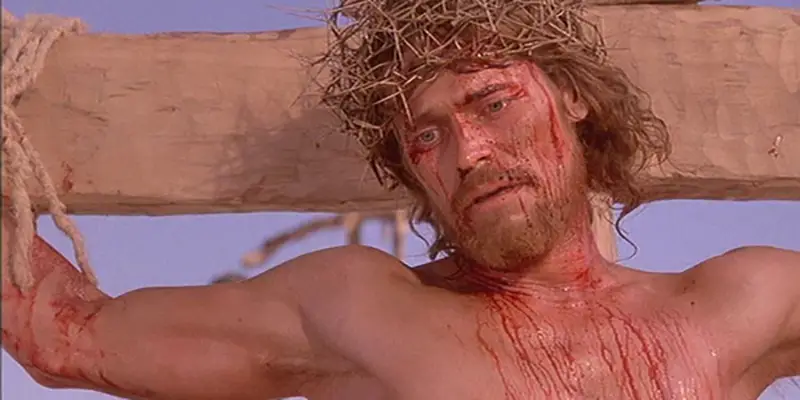
Religious figures and various saints have been on film since the birth of the medium. It can be tricky for a director to present the story of a venerated character, as they can mean many things to different people. In both Carl Theodor Dreyer’s The Passion of Joan of Arc and the Martin Scorsese picture The Last Temptation of Christ, the directors brought their own religious visions to screen, although not without controversy.

In two months time, the world could have already adjusted to the news that Donald Trump has been named the 45th President of the United States. Trump’s entire presidential platform has been built on two things: the first is a disrespect for taste and decency, building an entire campaign around gaffes that would see any other politician deemed unfit to be a part of the establishment, let alone be crowned leader of the free world.
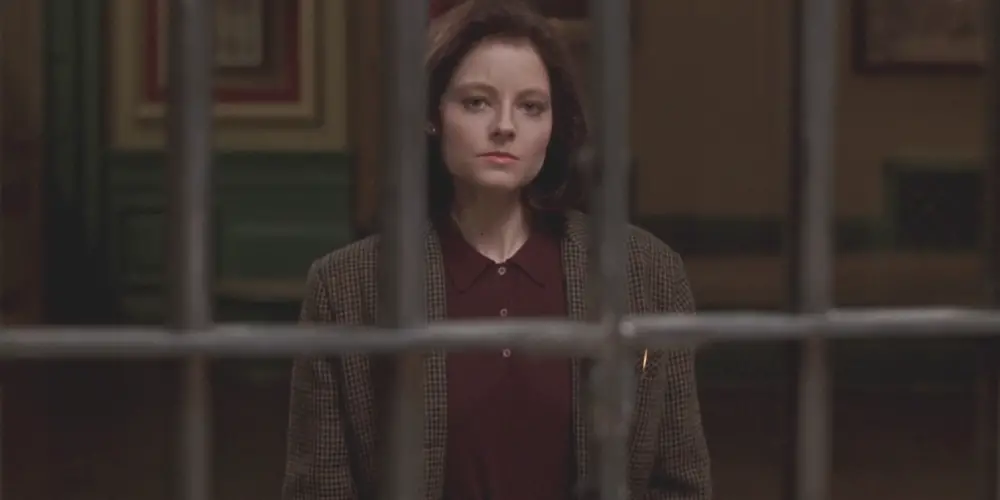
The Silence of the Lambs is an enduring piece of cinema. Jonathan Demme’s crime-thriller touched a nerve because of its mainstream appeal crossed with glimpses of macabre imagery. A young FBI trainee named Clarice Starling (Jodie Foster) is enlisted by her superior to visit with notorious cannibal Hannibal Lecter (Anthony Hopkins) in prison with hopes of gaining insight into another active serial killer:
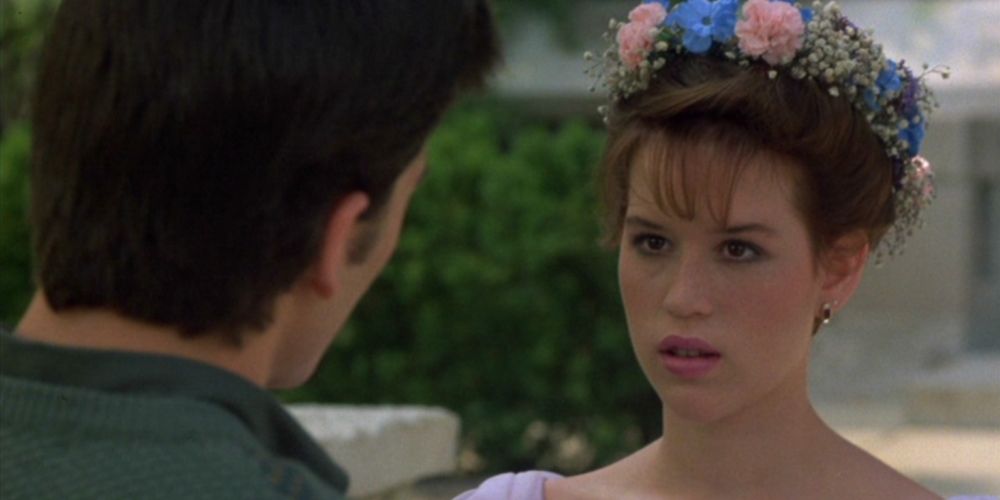
There’s a strange dichotomy surrounding the films of John Hughes, both written and directed. In one sense, there have been few directors that have so understood the angst of the teenage experience. Yet, conversely, Hughes’ depiction of both race and gender are entirely at odds with his apparent insight into the teen condition.
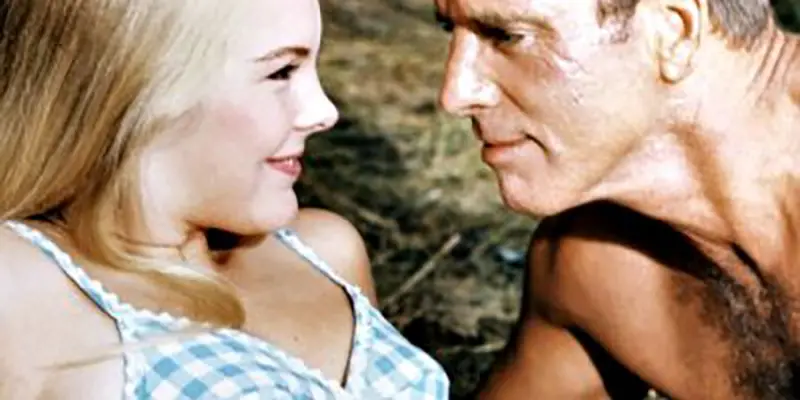
Frank Perry ’s 1968 film The Swimmer is adapted at length from the 12-page short story of the same name by famed American author John Cheever . It is the story of Ned Merrill (perhaps the finest performance of Burt Lancaster ’s impressive career), whose summer culminates in a trip through various neighbours’ pools until reaching his own home at the end of a large and affluent county of mansions. Only, what starts as a summer begins to feel as if it goes on for years.
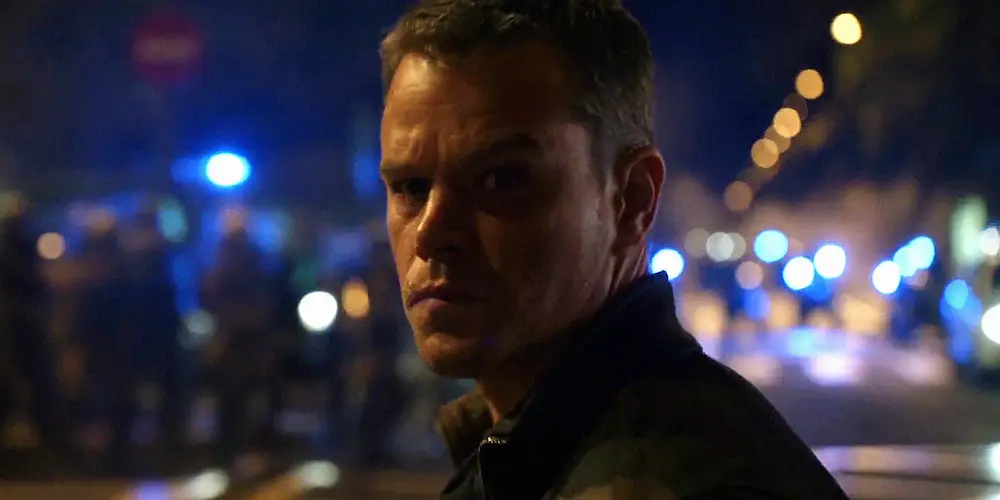
A largely-overlooked but critical element in an action film is its ability to tell a story with sound. Dialogue and musical score notwithstanding, sound cues and effects are incredible tools for storytelling in the genre; subtly adding depth and detail without ever compromising action or hogging screen-time. Given recent advances in the field of sound technology, filmmakers are even now using these techniques to great advantage in crafting critically-acclaimed action films.
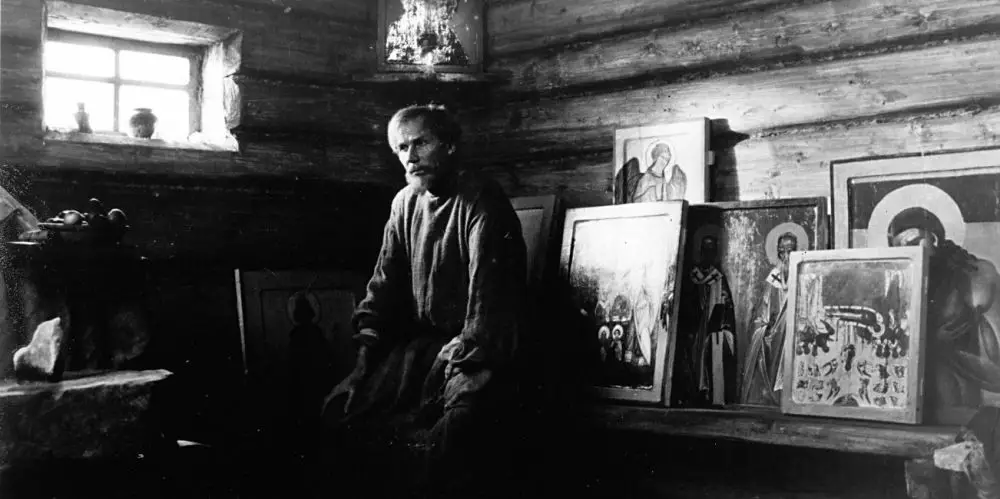
For Russian director Andrei Tarkovsky, the artist was inextricably joined to his society, both its benefits and its ills. Tarkovsky defined these colloquies between society and an individual artist as “dialectics of personality.” In other words, individual development was indefinably caught-up within personal and distant interactions with a society.
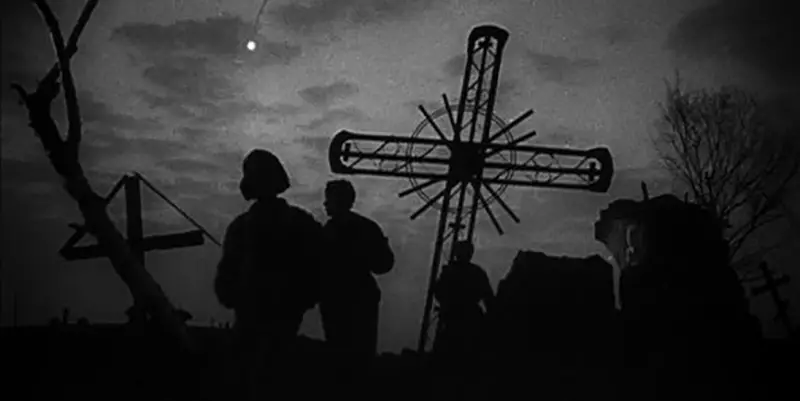
About midway through Andrei Tarkovsky’s feature 1962 film debut of Ivan’s Childhood, in the midst of a Russian battlefield field torn asunder during World II, a cross is backlit by a setting sun. The cross is obscured in shadow and yet its beauty remains. A spiritual man, Tarkovsky was never afraid to ask questions about spiritual matters.


